Locarno Shorts Weeks 2021
1-28 - February 2021 - FREE STREAMING!
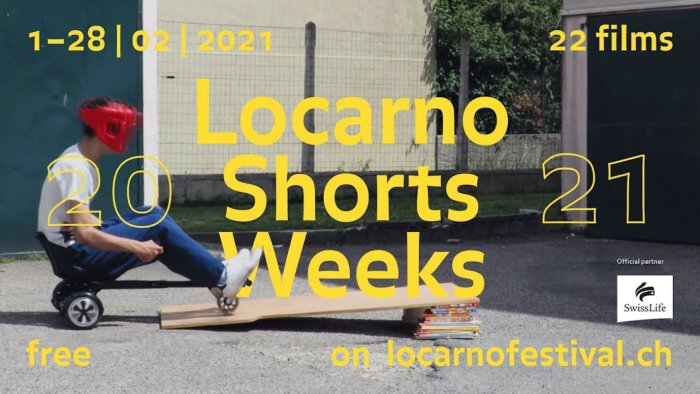
Selection and texts curated by Giuseppe Di Salvatore (GDS)
Go to the Locarno Shorts Weeks Website to discover the movies!
This article contains a third-party video. If you would like to watch the video, please adjust your settings.
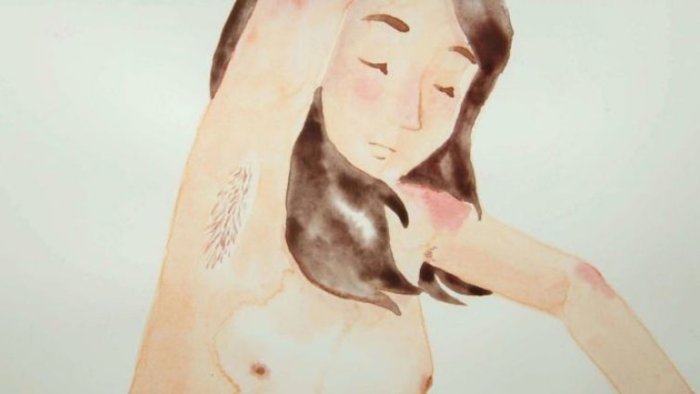
BRA-ES 2019 | 12’
Five women, five different ages, five witnesses of the same theme: not just the body but the flesh (carne, also “meat”…) the matter of the body, its power, its surpassing one’s will, its asking for recognition and acceptance: a social and political “matter”. The structure of the film, five distinct chapters with voice-overs and illustrative animations, can appear as instructional, but the choice for five different styles of animation – and five different female animators (Camila Kater, Giovanna Affonso, Flavia Godoy, Cassandra Reis, Leila Monsegur) – underlines the intention to attain a specific plasticity for each moment of this story of the woman’s flesh. Stop-motion, photography, and different image textures, from watercolour to clay, create a parallel cinematographic discourse, where it is a question of matter, or a matter of flesh, the flesh of the film.
GDS
This article contains a third-party video. If you would like to watch the video, please adjust your settings.
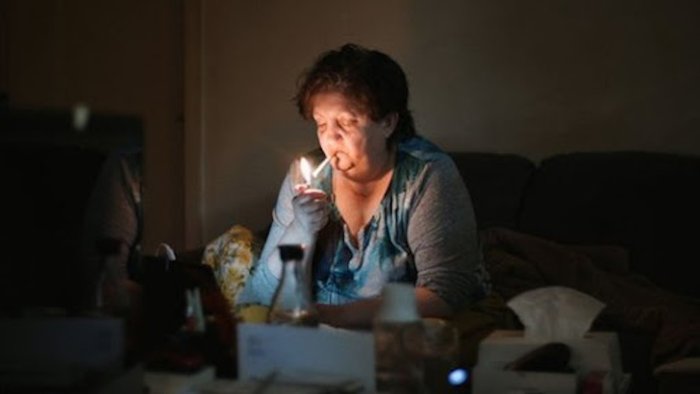
CH 2019 | 20’
She sits and smokes, almost a giant Buddha, but it is not serenity that she embodies. On the contrary, her massive body seems to absorb and materialise conflicts, hard work, humiliation and indifference, as she shares the destiny of many women silently sustaining family without asking for any reward. Through Mama Rosa we see the phenomenon of the individual that disappears into functional endurance. The house and the body intersect in a sort of double prison, and the multiplication of screens does not mean open windows but solitary occasions of distraction. Dejan Barac is able to keep the documentary distance in front of a ready-made universal subject – one that also speaks about migration and lack of integration – and simultaneously build a narrative of desperate emancipation for a would-be character. Through subject and character, and through a refined filmic discourse, Mama Rosa will emerge as a person, just a person – an unmistakableness that bitterly sounds like a victory.
GDS
Pardino d'oro at Locarno Film Festival 2019 (National Competition)
This article contains a third-party video. If you would like to watch the video, please adjust your settings.
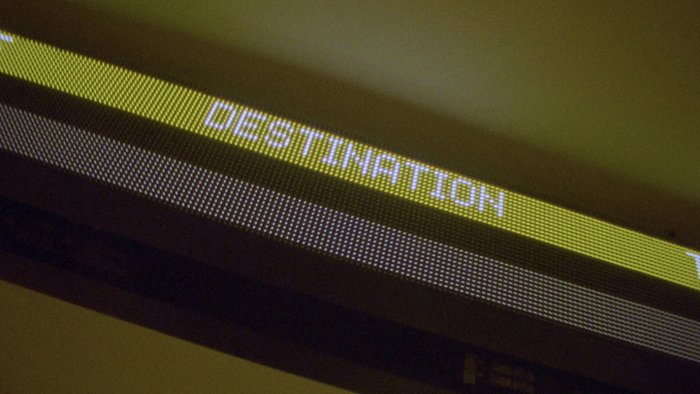
USA 2019 | 10’
«What is reality?» – we hear during a certain moment in Distancing. The visual answer is the here and now of walking feet. This is an essay to physically bridge the distance that we experience in the rest of the film: distance between the Philippines and the United States, between a young filmmaker and an agonizing old person, between images and voice over, the distance that materialises in airplanes and airports, the distance of migration, the distance between being alive or dead. Dying, leaving, departing, but also coming back, or simply exploring those distances through film and also through the memory of old films’ excerpts are the vibrant substance of Mika Revereza’s filmic essay.
GDS
This article contains a third-party video. If you would like to watch the video, please adjust your settings.
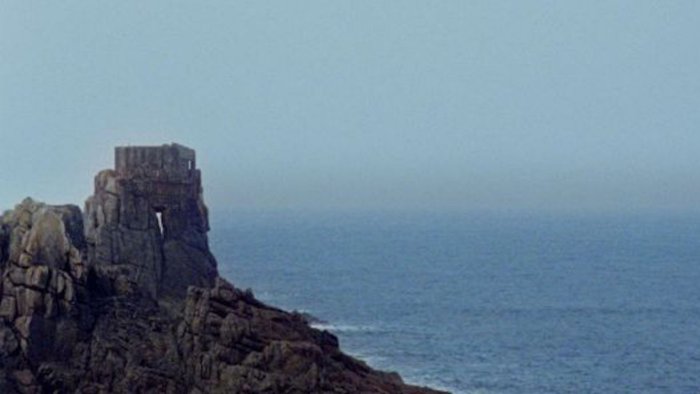
CH 2019 | 13’
Anaïs Moog’s Pardino d’argento winning Tempête silencieuse begins by establishing a dialogue with La legende de la morte (1921) by Joseph Cuillandre. The twentieth-century text explores the Breton rituals that mourn those missing at sea. It speaks about the mortuary rite of proëlla that was practiced on the island of Ouessant. Moog’s film encounters a Tunisian mother and her daughter who mourn their son and brother, Osama, after his journey to Europe, the fate of whom is still unknown to them. She narrates their moment of uncertainty with tenderness and cautiousness, selecting testimonies that do not communicate Osama’s journey but waves of consciousness that surface. The fragments that wash ashore form a dialogue with the images. «I hate the sea, I never want to see it again», is one. This sentiment is paired with a refusal to portray a seascape through the 4:3 aspect ratio. We watch the waves in motion and, in picturing them, Moog’s cinematography articulates cinema as arriving too late to capture the moment, but just in time to articulate the feeling.
Laura Davis
Pardino d'argento at Locarno Film Festival 2019
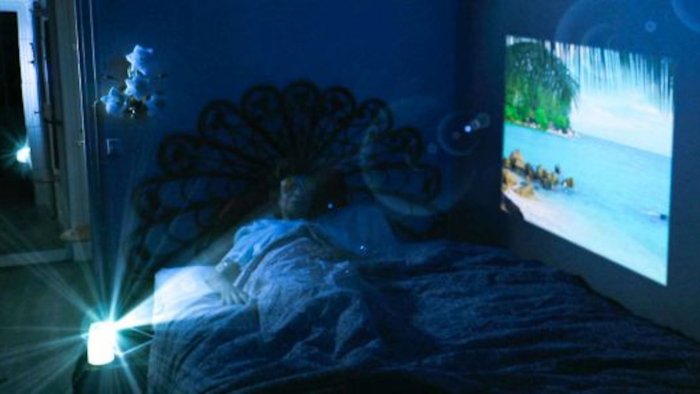
FR 2019 | 20’
Si c’était seulement l’hommage à une grand-mère excentrique confrontée au deuil de son homme disparu, Frisson d’amour serait simplement un document attentionné et humaniste. Mais Maxence Stamatiadis approche aussi le thème de la recherche d’un ersatz au manque de la mort, en impliquant pour cela une interrogation précise sur le statut des images et des sons en tant qu’artefacts. Il en résulte une recherche parallèle, passionnante, qui révèle la connexion intime entre technologie et fétichisation. Aussi, à travers cette piste formelle, Frisson d’amour nous amène dans un voyage ambivalent, entre exposition emphatique (et critique ?) du kitsch et la possibilité de l’accepter, malgré tout, grâce à son personnage attachant et toujours positif. Une joie de pacotille, au fond, est toujours de la joie…
GDS
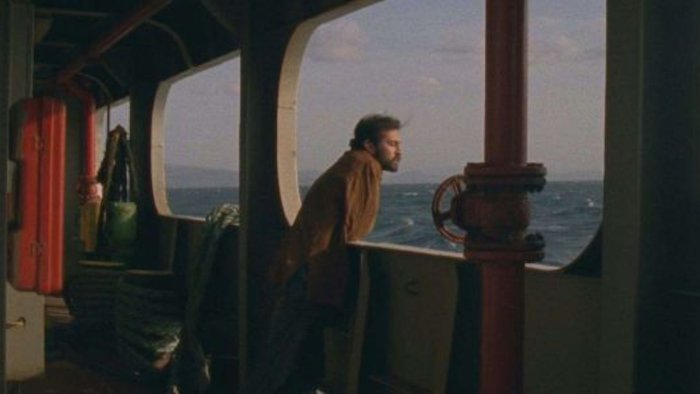
TK 2019 | 20’
In unbewegten und langen Einstellungen schreitet Arda Çiltepes fiktionaler Kurzfilm die Stationen eines reisenden, wortkargen jungen Mannes ab. Dieser kehrt wegen seines verstorbenen Vaters in die türkische Heimat zurück und nähert sich unterwegs einem Land an, das ihm einst vertraut war. Black Sun erzählt mit einer minimalen Handlung von der Präsenz des Vergangenen. Der väterliche Leichnam ist nie Bildsujet und seine Figur nur so weit im geringfügigen Dialog erwähnt, dass sie doch jedes Bilddetail durchdringt. Fleischberge auf einer Metzgerstheke werden durch eine Faschiermaschine zu einer unerkenntlichen Masse gepresst. Reife Tomaten auf dem elterlichen Gartentisch wecken Kindheitserinnerungen. Die Sonne verdunkelt sich am helllichten Tag. In allem steckt mal ein süsser, dann ein bedrohlicher Gruss aus dem Jenseits. Der Protagonist nähert sich nicht nur den Sitten und der Natur eines Landes an, sondern auch einer Person, deren Körper nicht mehr ist.
Julia Schmidt
Pardino d'oro at Locarno Film Festival 2019 (International Competition)
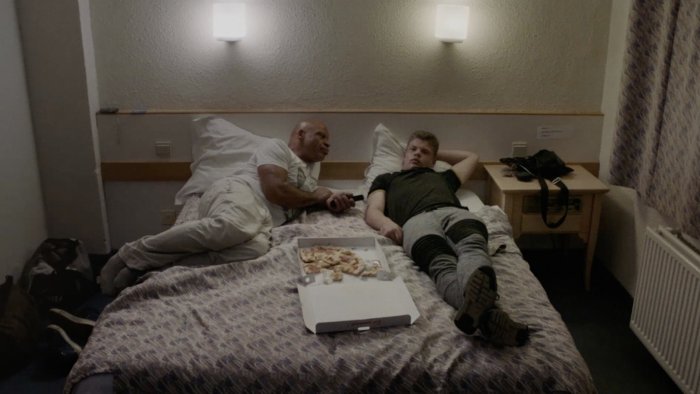
NL 2019 | 23’
A solid casting is certainly the secret of any documentary portrait. Isabel Lamberti’s Vader is a demonstration of such, but also of how important it is to keep the characters at a certain distance, to let them breathe. The grey infrastructures of the industrial and cemented landscape between Holland and Belgium are the third depicted character of the film, an austere almost metaphysical “father”, in front of which father and son can reconnect both as adults and as brothers.
GDS
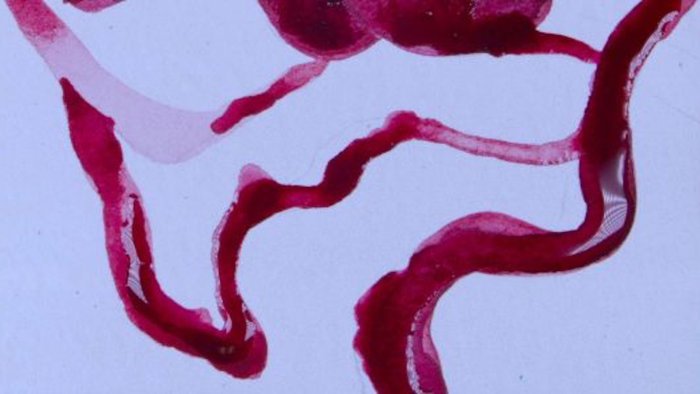
USA 2019 | 7’
Domestic violence, the State violence of the one-child politics, and the homophobic violence of society are intertwined in the voice over of a Chinese mother and daughter confessing to each other. The images seem “solely” to illustrate this narration through animation, but the highly expressive and sometime surrealist ideas of Danski Tang make of illustration an emotionally intense journey, thanks also to the creative sound of the film (Sean Hayward).
GDS
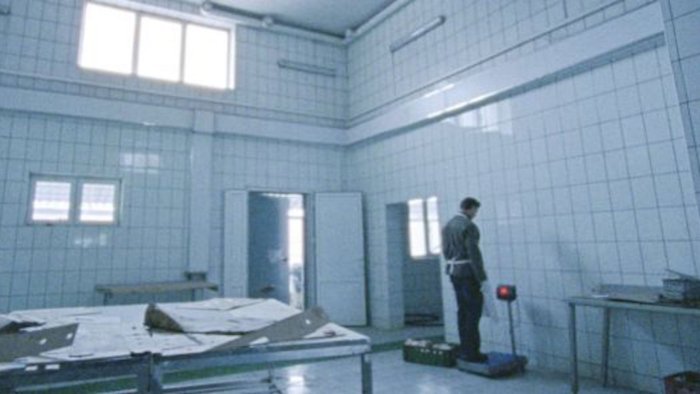
RUS 2019 | 12’
A butchery worker faces financial difficulties between his father’s funeral and his son’s birthday. There is not enough for both. Death is in the butchery, in family, on the television which sings the litany of terrorism. Is life in a cigarette, in the solidarity of a colleague, in the pitiless rebuke of a wife, in the hands of children playing with toy soldiers? Otpusk does not just display desolateness, but also the filmic poetry of desolateness – thanks in part to the dim light that magnifies the coarse grain of the film. The harsh storytelling is eased through an elliptic editing, one whose connections are highly expressive. These also build a spatial language where the protagonist is always prisoner of closed rooms, lost in a wide-angle lens perspective. The way out of this closure is stressed by a radical change of perspective: a subjective camera will follow him on the deadly path of army – or terrorism?
GDS
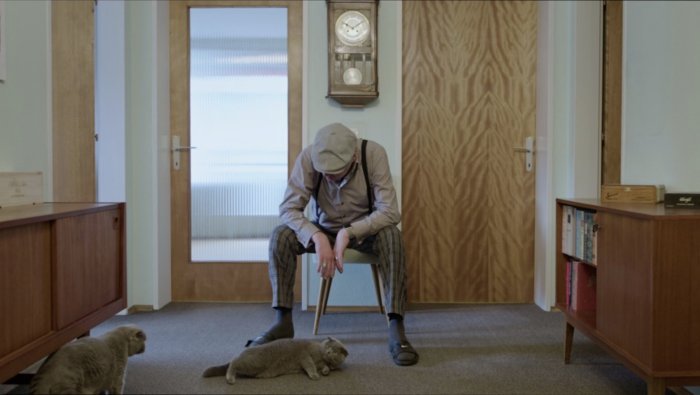
CH 2019 | 18’
One specific feature of entertainment cinema is when it finds the good rhythm between discovery and emotional moments. The consensual art of surprising and exciting. From this point of view Nacht sind alle Katzen grau is a perfectly well packaged product, which provides a humorous and pathetic path to human love – or animal love… Something more?
GDS
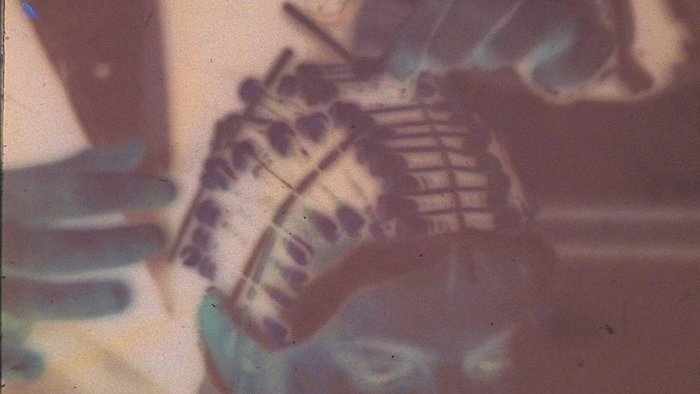
GHN 2019 | 6’
Yes, there was a time when afro perm – but one would have better preferred to say “negro” perm – was cool, an object of desire. In her film, that is largely made of archive footage, Akosua Adoma Owusu analyses the phenomenon, revealing how much presumably positive prejudices can conceal racism and discrimination. Patronizing exoticism is a powerful expression for this. When criticism is a ready-made item from the archives, the distortion of the image becomes something akin to a need.
GDS










